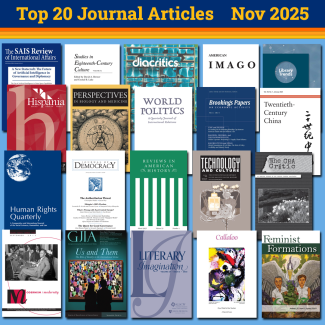Guest Post by Michael C. C. Adams
Over a period of years, I steadily collected the documentary materials necessary for taking an unflinching look at the human cost of the Civil War. The resulting book,
Living Hell, appears at a key moment in our remembrance of that struggle. Throughout history, from ancient Rome to modern Syria, fratricidal conflicts have been notoriously vicious. Ours was no exception. A struggle that many in 1861 assumed would be short and fought with chivalric restraint had by 1864 become seemingly unlimited in its toll on lives, property, and damage to the environment.
War psychosis—that is, rage at the enemy held responsible for the misery and ruin—provoked both sides to acts of savagery. Rebels massacred black soldiers, and Union troops responded in kind. Guerrillas tortured, maimed, and killed indiscriminately. Some military and political leaders on both sides came to advocate genocide. Determined to finally end Confederate resistance, in the spring of 1864, the Federal high command embarked on a bloody war of attrition designed to grind the weaker opponent into defeat. Commanding General Ulysses S. Grant ultimately stopped prisoner exchanges, partly to prevent the replenishment of rebel ranks, effectively condemning thousands to lingering misery and death. Refusing to yield, Southern generals sustained massive casualties and accepted the devastation of their homeland as they stubbornly yielded ground.
When the Union command authorized the targeting of non-combatants and their property, arguing that the war could not be sustained without civilian support of the rebel armies, the war become total. I have tried to dispassionately balance recent claims that Federal infliction of hardships on civilians did not go beyond a reasonably measured response to rebellion against the traditional view that generals like David Hunter, William T. Sherman, and Philip H. Sheridan contravened the laws of war. At the end of the day, the weight of evidence still suggests to me that these hard-war generals went beyond normally accepted limits of conduct, setting the stage for the ruthlessness of future total wars. I argue further that the official targeting of non-combatants was taken by some soldiers as license to abuse civilians, the incidence of rape being significantly higher than previously thought, while the terrors of invasion provoked miscarriages, heart attacks, and dementia amongst the victims. Starvation stalked the South.
But
Living Hell looks not only at the last year of fighting and invasion. The book considers all aspects of the dark side of the Civil War, from soldiers’ initial enlistment and collision with camp disease and vice through the hardship of campaigning to the terrible slaughter and terror of major battles. I note the impossibility of clearing the field before scavengers began to eat the dead and near-dead. Meanwhile, germs thrived in the corrupting flesh of humans and animals, bringing pestilence in the armies’ wake. All the while, growing hordes of the mentally shattered infested the countryside, often preying on civilians to meet their needs. Non-combatants faced not only hardship at the hands of soldiers, but they experienced an ocean of grief as the war took loved ones. One young woman received, on separate occasions within a week, news that both of her brothers had been killed at Chickamauga.
In the final pages of the book, I ask the reader to consider whether the ramifications of wars do not end when statesmen sign papers and generals surrender their swords, nor when later textbook writers draw a line under the topic and turn to a fresh chapter heading.
Living Hell traces the lasting consequences of the war in ruined lives and economies, political divisions, broken promises, and staggering fiscal costs, even down to the present. True, it is often hard to look at the horrible violence and terrible destruction wrought by war. But, surely, it is an obligation we have to keep faith with those who endured the suffering. And perhaps only by fully understanding our past can we hope to make informed decisions in the present.
 Michael C. C. Adams, Regents Professor of History Emeritus, University of Northern Kentucky, is the author of Living Hell: The Dark Side of the Civil War
Michael C. C. Adams, Regents Professor of History Emeritus, University of Northern Kentucky, is the author of Living Hell: The Dark Side of the Civil War and
The Best War Ever: America and World War II,
both published by Johns Hopkins.



